G. L. Pease
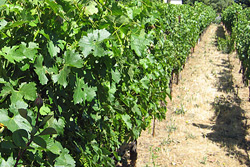 It’s harvest time in the wine country, and I’ve been spending a lot of long days working with one of my favorite wine makers getting more deeply involved in the wonderful world of Vitus vinifera, and more specifically, the venerable Pinot Noir. Once again, I’m reminded of the beautiful parallels between wine and tobacco. Each is a product of nature, subject to her whims and follies, tended carefully at every step by dedicated souls with a deep respect for what they are doing. From harvest to processing to fermentation and aging, each crop undergoes almost magical changes before being ready to find its way into our glasses or our pipes.
It’s harvest time in the wine country, and I’ve been spending a lot of long days working with one of my favorite wine makers getting more deeply involved in the wonderful world of Vitus vinifera, and more specifically, the venerable Pinot Noir. Once again, I’m reminded of the beautiful parallels between wine and tobacco. Each is a product of nature, subject to her whims and follies, tended carefully at every step by dedicated souls with a deep respect for what they are doing. From harvest to processing to fermentation and aging, each crop undergoes almost magical changes before being ready to find its way into our glasses or our pipes.
Being involved so much more intimately with the process has brought to me a greater reverence for the wines I enjoy, but it’s also invigorated my appreciation for the hard work of the tobacco farmers who sow seed and tend plants, the skill of those who harvest and cure their beautiful, perfectly ripe leaves, the patience and care required to ensure that the fermentation and aging processes are carefully carried out to completion, all of which happens months or even years before blenders can finally select, condition, cut and combine the results of the farmers’ efforts into an enjoyable, fragrant mixture.
We blenders are the visible, the ones who get the lion’s share of the credit for what we produce. Yes, we bring our passion, our insights, our hard-earned skills to the table in the process, but without the growers, the processors, the men and women on whose backs our efforts ride, we’d be out of work, and out of smoke. Next time you fill your bowl, strike a light, and savor that first delightful puff of a favored mixture, take a moment to reflect on all that went into its creation, and join me in sending a wisp of smoke on the four winds in thanks to the farmers who made it possible.
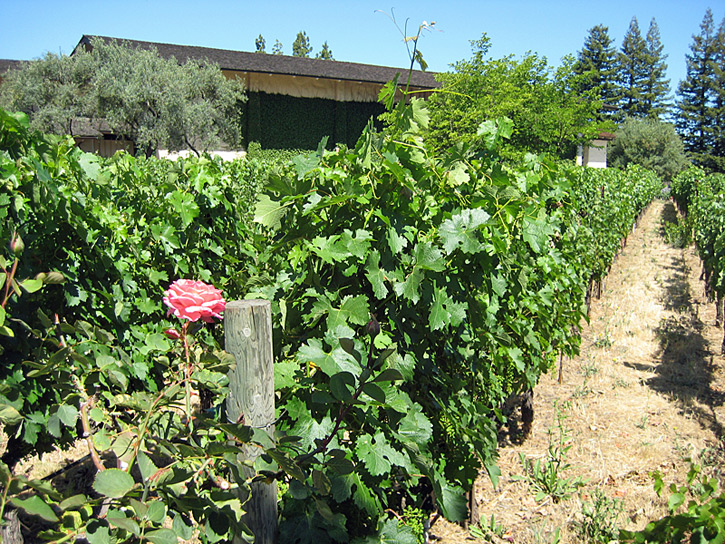
On to the questions.
From Anthony: It seems in the last few years you’ve been cranking out blends a lot more rapidly than I remember in the past. That being said, I’ve only been in the game a little shy of a decade, so perhaps the speed is the same and I just didn’t realize it. In either case — Do you have a new blend ready? Updates to the site anytime soon?
A: In fact, the rate of development has been slower over the last few years than in the early years, with good reason. There are a lot of blends already in the catalogue, and with other blenders coming out with new things constantly, it has become a little more challenging to do things that are both interesting and good enough to satisfy my internal criteria for what will find its way into the lineup. I’m always researching and developing new things, which is a fancy way of saying playing in the lab, and some tasty things frequently result from the experiments—and a few, um, not so tasty ones—but interesting is a little harder to achieve.
Variations on a theme can be fun if they somehow showcase a specific aspect of the blend, like two different mixtures of the same tobaccos that exhibit very different characteristics. But, just to do variations for the sake of adding something new? As my current catalogue continues to grow, albeit slowly, it’s becoming harder to get those "interesting" triggers to click. But, yes, I am working on a couple of things that definitely flip my switch, one of which is nearly ready to be announced. Stay tuned!
Mike G: As of late I have noticed that many blends I smoke smoke "hotter" than others. I tend to smoke mainly Virginia’s and mostly flakes. If we assume that the blends chosen are at the right humidity and the issue is not over puffing, the question then becomes do different tobaccos burn at different temperatures, to the point it would be noticeable to the tongue and to the hand through the bowl? Or is what I am finding a combination of local summer hot weather and the blends I have chosen? If certain tobaccos do tend to burn "cooler", would you suggest some specific tobacco combinations that would smoke with less heat during these dog days of summer.
A: As this goes to press, the dog days are thankfully shorter in number, so it might be a good idea to save this for next year. It was furiously hot over the weekend, and I’m frankly ready for the sun to stop screaming at me every afternoon. Worse, it’s the humidity. That’s what they say, right? It’s not the heat, it’s the humidity. Oppressive, sticky days are the worst for some tobaccos, and great for others. Like cigars. Cigars grew up in semi-tropical climates, and it sometimes seems to me that they taste their best when the temperatures hit the century mark, the air is dripping, and I’ve got a nice cold mojito in my hand. Or two. But, this is about pipes and pipe tobacco.
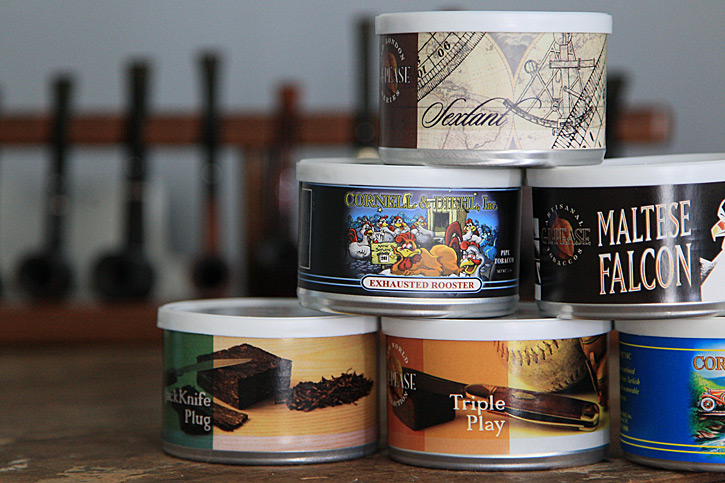
Different tobaccos do react to environmental conditions in different ways. Latakia in large amounts, for instance, can become harsh and acrid when it’s both hot and humid out, but the same tobacco that’s unpleasant in the steam room seems to handle dry heat of the sauna with more grace. Virginias are sort of a mixed bag, in my experience. There are some that smoke like the business end of a flame-thrower in some climates, but become cool and elegant in others. Finding the right balance is the key. Speaking of keys, I actually created Key Largo as a summer blend. (How’s that for an awkward segue? That aside, I wrote something about this in my Out of the Ashes column a couple years ago. Check out The Blends of Summer for more on the subject.)
Some move to more burley based blends as the mercury rises, others go to gentler virginias. And, of course, there are those who live in relatively consistent climates that don’t divert their pleasures as the seasons change, or who isolate themselves from the weather in climate controlled environments. Ah, the luxury of central aircon. One day… I already predict a few will intone haughtily, "Bah! I smoke the same thing year round." Good for you. Those of us who are forced to suffer with climates less conducive to consistent smoking pleasure must look more deeply.
Unfortunately, there seems to be no easy answers, no rule-of-thumb formulae. It seems that preferred pipe size makes as much of a difference as tobacco choice does; I tend to like smaller pipes in the summer. For me, lighter latakia blends in the humid heat, fuller ones in the drier cold, and the fullest on those delightfully misty days and evenings that seem to be what latakia was invented for.
 A query from Fr. Lawrence B: I have smoked Grant’s Custom Blend #2131 for about 35 years. The store has closed, and the promised online business hasn’t materialized. Since you (at least your tobaccos) suggest a Bay Area connection, do you have any knowledge about them? Failing that, if you know their tobaccos, what would you suggest I try? It seems that several of your tobaccos offer a similar blending schema (I do have a list of the 5 tobaccos in #2131). I think the best general description of #2131 is a mild English blend.
A query from Fr. Lawrence B: I have smoked Grant’s Custom Blend #2131 for about 35 years. The store has closed, and the promised online business hasn’t materialized. Since you (at least your tobaccos) suggest a Bay Area connection, do you have any knowledge about them? Failing that, if you know their tobaccos, what would you suggest I try? It seems that several of your tobaccos offer a similar blending schema (I do have a list of the 5 tobaccos in #2131). I think the best general description of #2131 is a mild English blend.
A: The closing of Grant’s was a sad event, as it had been a San Francisco institution for many, many years. I don’t know what’s become of their plans for an on-line presence. Maybe someone in the audience has some information they can share. I really don’t know what might have been included in their #2131, and unfortunately, there’s so much ambiguity in what a "Mild English Blend" might be, it would be difficult to make any sort of meaningful recommendations. However, if you’ll write me with the listing of the ingredients, I might be able to suggest something. Once again, I’ll call upon the readers; maybe someone out there has experience with the mixture and can offer some insight.
Breaking the moratorium put in place last month, we allow a Kevin to ask: What advice would you give to someone that has never smoked a pipe before, but wanted to try it? What would you advise them to start with for a pipe and tobacco? What would you not advise them to try? There are many different polarized opinions on this, so I want to know what the Master says is the right way to go.
A: It’s a really great question. I’ll start with the "what not to try" part first. Many tobacconists advise first time pipe smokers to go for something "mild," and especially something "aromatic." This misses the mark on two counts. First, when we first start smoking a pipe, we’re not likely to get the most out of the process. It actually takes time to learn to smoke slowly enough, carefully enough to derive the maximum flavor from the tobaccos. The newcomer generally doesn’t know this, and even if they’re told, they’ve not yet embodied the necessary techniques, so when faced with something that’s "mild" to begin with, they’ll start puffing more and more furiously in the attempt get it to taste like something. Lord knows I did. This, of course, overheats the tobacco, reduces the concentration of the good flavors, and amplifies the harsher side of things. Ultimately, they end up with a nasty case of tongue bite, and wonder why the hell anyone would subject themselves to this sort of voluntary torture. Pipe smoking is supposed to be a pleasure, and those early bowls are rarely that.
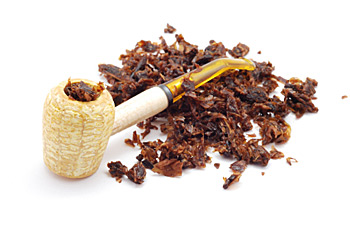 Granted, its counterintuitive, but I strongly suspect that more neophytes have been turned off of pipe smoking because of this well-intentioned but wrong-minded advice. Compounding this is the fact that few aromatics taste anything like they smell, and the new smoker who doesn’t grok this will likely be disappointed, again wondering why people take up this silly hobby in the first place. Instead, a fuller-flavored (not stronger) tobacco would be a better choice. Of course, I’d like to see more people explore the wonderful latakia mixtures that are available, and this makes some sense for the beginner. There’s plenty of rich flavor to engage the palate, the tobaccos, which are more likely free of humectants and adulterants, tend to burn more slowly with little risk of bite, and they are less strong than other commonly recommended tobaccos, so there’s less likelihood of the newcomer finding themselves taking an involuntary E-ticket ride on the Whirl-n-Hurl.
Granted, its counterintuitive, but I strongly suspect that more neophytes have been turned off of pipe smoking because of this well-intentioned but wrong-minded advice. Compounding this is the fact that few aromatics taste anything like they smell, and the new smoker who doesn’t grok this will likely be disappointed, again wondering why people take up this silly hobby in the first place. Instead, a fuller-flavored (not stronger) tobacco would be a better choice. Of course, I’d like to see more people explore the wonderful latakia mixtures that are available, and this makes some sense for the beginner. There’s plenty of rich flavor to engage the palate, the tobaccos, which are more likely free of humectants and adulterants, tend to burn more slowly with little risk of bite, and they are less strong than other commonly recommended tobaccos, so there’s less likelihood of the newcomer finding themselves taking an involuntary E-ticket ride on the Whirl-n-Hurl.
I also recommend smaller pipes, as they are easier to pack, light, and smoke. And, I recommend at least a few pipes in rotation. Nothing is harder to deal with when starting out than a soggy pipe, with its commensurate harshness and increased difficulty in keeping the thing lit. You don’t have to spend a fortune to have a nice rotation. Corn cobs make a lot of sense for the newcomer, as they’re inexpensive, offer a cool, sweet smoke, and if they burn out, which is likely to happen while the neophyte is getting used to the art of filling, lighting, puffing, another can be purchased without breaking into their kids’ piggy banks. For the price of a decent briar, a seven day set of cobs can be had. It’s not a bad way to start out, and briars can be added into the rotation as skill improves and the budget allows it.
With that, we reach the end of another edition. Keep those cards and letters coming, boys and girls, or I’ll have to start making up questions to answer, and that might be dangerous. "So, just what is the effect of gamma rays on Man-in-the-Moon Marigolds?"
-glp
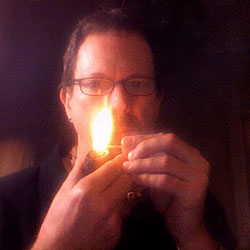 Since 1999, Gregory L. Pease has been the principal alchemist behind the blends of G.L. Pease Artisanal Tobaccos. He’s been a passionate pipeman since his university days, having cut his pipe teeth at the now extinct Drucquer & Sons Tobacconist in Berkeley, California. Greg is also author of The Briar & Leaf Chronicles, a photographer, recovering computer scientist, sometimes chef, and creator of The Epicure’s Asylum. See our interview with G. L. Pease here. |





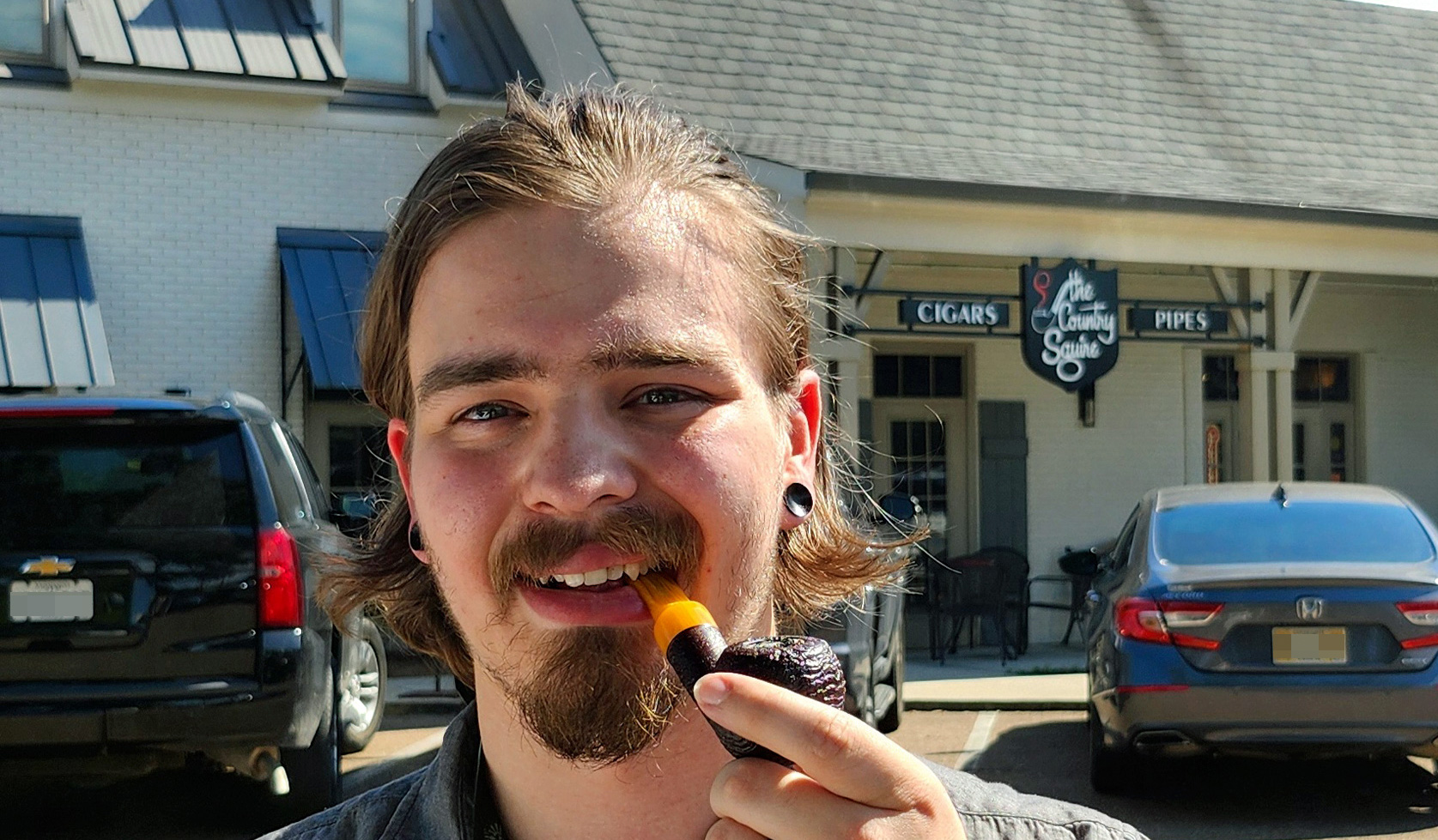

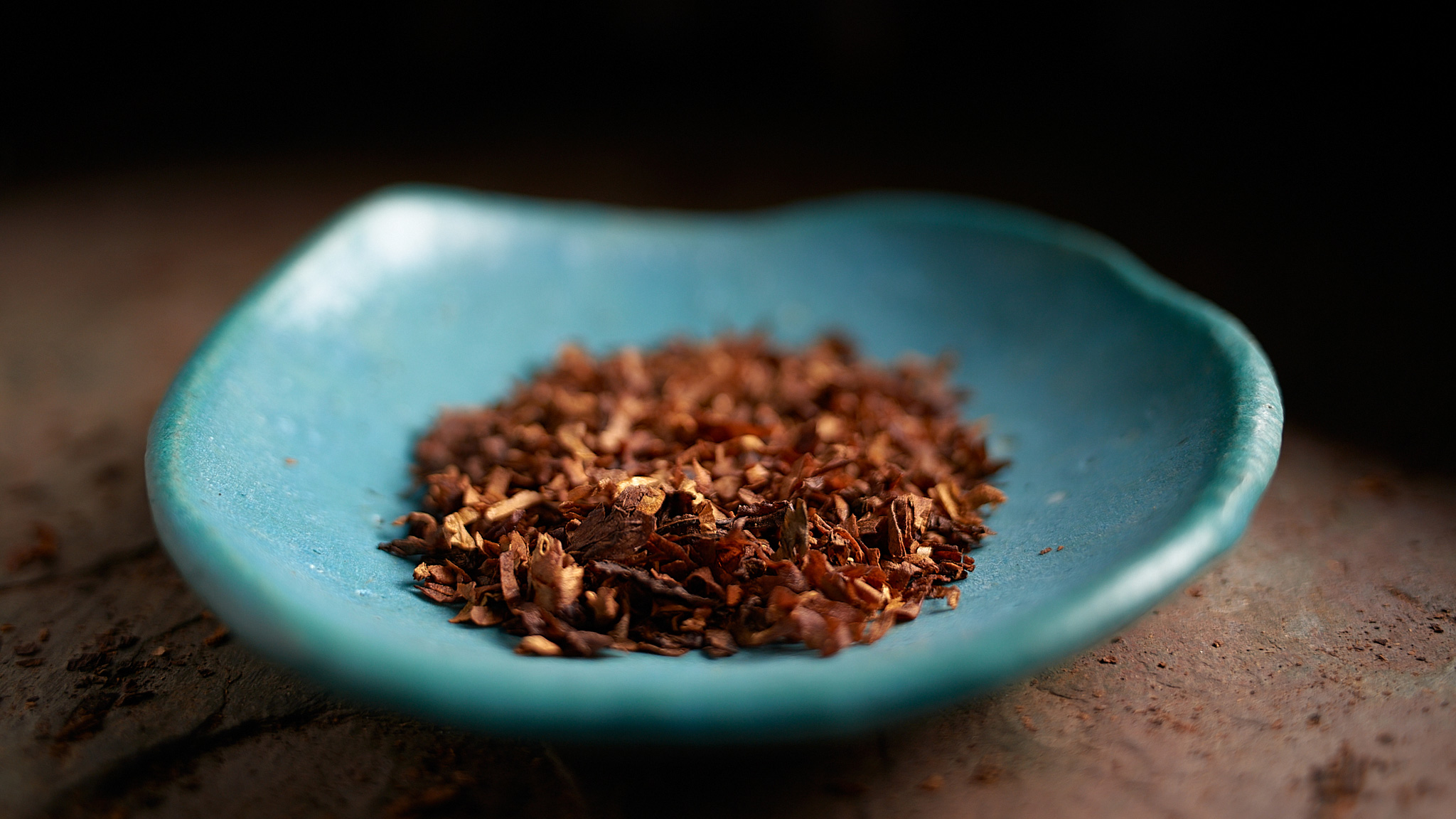
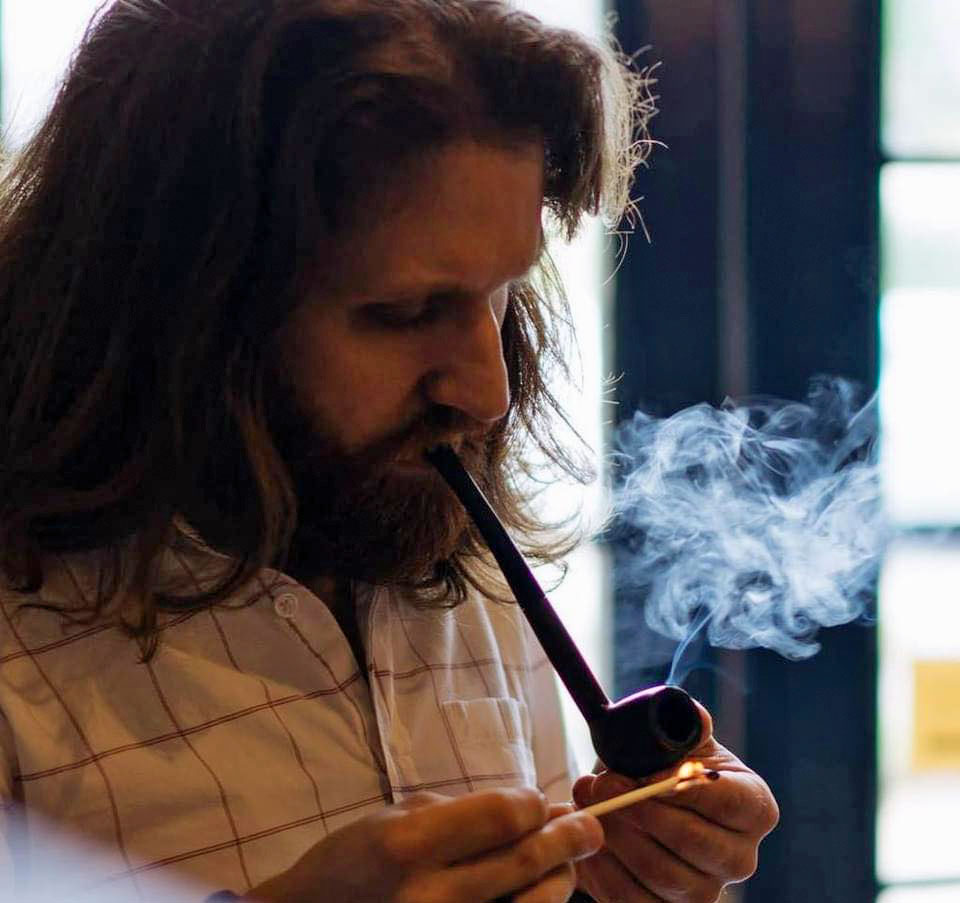







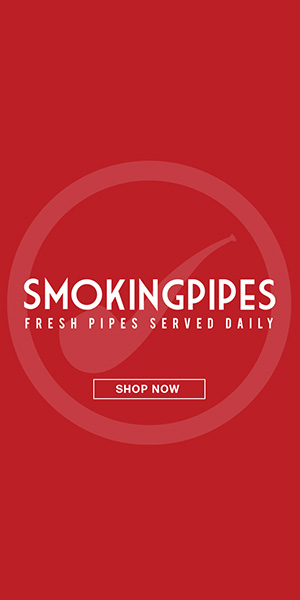
Great advice to newbie smokers. I have always recommended a light English to them over an aromatic. They still plow ahead and get the aromatics, but at least they were warned.
Another great read, thanks Greg.
Your advice to the newbie is spot on. When asked I always recommend Escudo because of the full flavors. Yes it is a flake and that can pose it’s own set of difficulties, but with the advent of this site, getting the proper information on how to smoke a flake is not difficult. I say stat with something great tasting and let the fun begin. I came from being a big cigar smoker and Escudo was the blend that made pipe smoking attractive to me. I was looking for the bold flavors I was used to with my aged Cuban cigars and Escudo was the one. It reminded me of my favorite cigar( Partagas Serie Du Connaisseur No.1 a Gran Panatela) which is a spicy full flavored smoke.
Great questions, and great advice! Especially for the beginner. I remembered the first English I tried when I was starting out. I thought to myself, “I wished I would have started pipe smoking with this one!” (instead of Stanwell Melange, which, strangely, made me sneeze uncontrollably, and I hardly ever sneeze–in fact, I probably hadn’t sneezed for six years before trying the “Melange”–maybe it was a good thing).
It always trips me out, too, how many non-Latakia pipe smokers assume that because Latakia smells strong, that it will be strong (strong taste and strong reaction). I’ve found the exact opposite to be the case. Many of my Latakia blends are some of the coolest, most mild blends I smoke. To my tastes, Virginias and Burleys are the real tobacco powerhouses, and the stars have to align every so often for me to smoke straight versions of these.
And, oh yeah, thanks for the query about Grant’s. I loved their shop and their house blend,”Old Drum.” It was one of my favorite tobaccos (while I still had some) and I hope they come back soon. Have tried getting in touch with them but, no response. If anyone has any more info, it would be greatly appreciated.
Great column, Greg!
Great article & smashing photograph of vines. By the way any chance of a few tobacco field shots over the coming months and/or a recommendation of a good California Pinot Noir? Alas the ones that come to UK are mostly heavy and cheap or very pricey. The US Pinot Noir market leader in the UK is probably the sublime Domaine Drouhin from Oregon which, when funds allow, I adore even over the products of Beaune and would be fascinated to try an interesting California Pinot Noir.
As one who made most mistakes possible in my early days of pipe smoking I wish I had your advice then but thinking back to my few successes of those days I would add three suggestions. If you have smoked cigarettes before and/or have some nicotine tolerance go for a middle strength in nicotine as anything less can lead to over puffing (of course consult the pipe tobacco review site – there is a link on Greg’s website – where the overall summary of strength is surprisingly accurate although individual reviewers give remarkably varied assessments). Second from the very start have at least three tobaccos on the go as if you focus on just one at a time it is less interesting and, with all your eggs in one basket, you may well get too much of a roller coaster ride depending on your luck with your latest purchase. Three possible starters – GLPs Westminster (benchmark elegant English mixture), GLPs Laurel Heights (coolest Virginia with the faintest whisper of latakia) and GLPs Key Largo (for a deeper taste and, no doubt, summer barbecues although by next summer anyone starting now will be well away). Finally when you are ready to move on from Greg’s excellent advice on corn cobs I would suggest a very different sort of pipe, something much heavier. A Luciano, which are excellent value in my experience, might give a great contrast. It was only when I tried a heavier pipe that I started to get orientated on the sort of pipe I wanted; by the way I still enjoy my first heavier pipe – a second from the lamented and long gone Freybourg & Treyer shop on Haymarket in the West End of London which although poignantly only marked “REJECT” has outlasted the shop by decades. So after those early cobs it is never to soon to start seeing your pipes as investments!
Happy puffing to any new pipe smokers who reads this – there is a bit to learn at the beginning but it is surprising how much fun that is and how quickly rewarding.
Ed
Great comments, gentlemen! Ed, we should meet someday and discuss PN’s over a bowl and a bottle or three.
-glp
Great writing, great advice, great pix.
Thanks for the answers, Greg! I guess I was wrong about the speed of new blends, although, I maintain it feels like something new is often on the table! I’ll keep checking the site, I enjoy the teasing announcements you make (more so then the wait afterwards until the actual release, but there’s still some fun in that I suppose 🙂
–Anthony
Very good information, and advice. Thank you sir
Are you taking questions Greg as to whether the climate and terroir of California is capable of producing Pinot Noir wines that match the Burgundies we both love (as opposed to excellent but very different wines)?